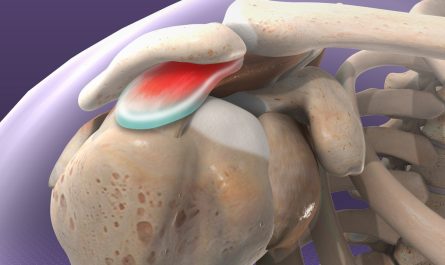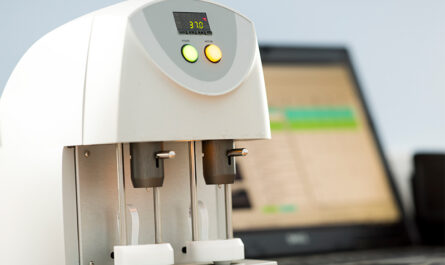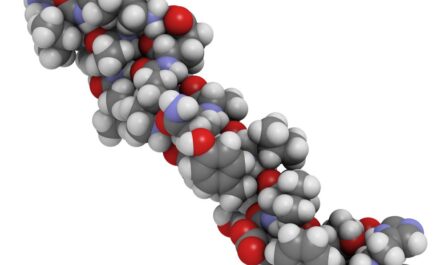Spatial omics refers to techniques used to study biological samples and characterize their components spatially. This includes spatial transcriptomics, spatial proteomics, mass spectrometry imaging, and multiplexed ion beam imaging. Spatial omics techniques help researchers analyze RNA, proteins, and other molecules from specific locations in tissues and gain insights into their function. For example, they are used in cancer research to understand how gene expression in tumor cells differs from healthy cells and drives tumor growth and progression. Spatial omics tools also aid in drug development by providing a deeper understanding of drug targets and response in specific cell types and microenvironments.
The global spatial omics market is estimated to be valued at US$ 292.1 million in 2023 and is expected to exhibit a CAGR of 9.4% over the forecast period 2023 to 2030, as highlighted in a new report published by Coherent Market Insights.
Market Dynamics:
The increasing adoption of spatial genomics techniques for cancer research and drug development is expected to drive the growth of the spatial omics market over the forecast period. Spatial analysis helps unravel tumor heterogeneity by identifying different cell types and molecular signatures within a tumor. It also aids in better understanding of tumor microenvironments and interactions between cancer and other cells. This boosts precision oncology initiatives and development of targeted therapies. Additionally, spatial profiling is gaining popularity for preclinical research to evaluate drug distribution, engagement with targets, and effects on normal and diseased tissues.
Continued technological advancements are further fueling the market growth. Vendors are focused on developing integrated workflows, high-throughput platforms, and software solutions for spatial multiomics and quantitative analysis. This is increasing accessibility and reducing costs, thereby supporting wider adoption.
Segment Analysis
The spatial omics market is dominated by the transcriptomics segment which holds around 50% share of the overall market. This is because transcriptomics helps in understanding gene expression at a spatial level which provides valuable insights about disease biology and progression. It helps map thousands of RNA transcripts simultaneously across different organs and tissues which conventional transcriptional profiling methods are unable to capture. Advancements in transcriptomics techniques like single cell RNA sequencing (scRNA-seq) has further boosted the growth of this segment.
PEST Analysis
Political: The development of spatial omics is driven by government funding for basic research. Strong governmental support for life science research will boost the market growth.
Economic: The global economy recovery post-pandemic has increased research spending capabilities which is propelling the spatial omics market. However, high installation and maintenance costs of equipment can hinder the market growth.
Social: Increasing focus on precision medicine and disease diagnostics is creating demand for spatial resolution techniques. Rise in personalized treatment approaches favors the adoption of spatial omics technologies.
Technological: Continuous innovations are expanding application areas of spatial omics. Advancements like multiplexed ion beam imaging and expansion of multi-omics approaches are increasing adoption. However, data analysis challenges and lack of skilled professionals pose technological bottlenecks.
Key Takeaways
The Global Spatial Omics Market is expected to witness high growth owing to increasing investments in spatial biology research. The global spatial omics market is estimated to be valued at US$ 292.1 million in 2023 and is expected to exhibit a CAGR of 9.4% over the forecast period 2023 to 2030.
North America dominates currently due to presence of global players and availability of research funds. Europe and Asia Pacific are fastest growing regions with China, Japan, and India emerging as key future markets.
Key players operating in the spatial omics market are 10x Genomics, Akoya Bioscience Inc., Biognosys AG, BioSpyder Technologies, Bio-Techne, Bruker, Brooks Automation Inc., Danaher Corporation, Diagenode. 10x Genomics is a leading player known for its Visium spatial gene expression solution. Other major players like Akoya and Biognosys offer multi-omics platforms integrating imaging, gene expression and proteomics for spatial analysis.
Note:
Source: Coherent Market Insights, Public sources, Desk research
We have leveraged AI tools to mine information and compile it




